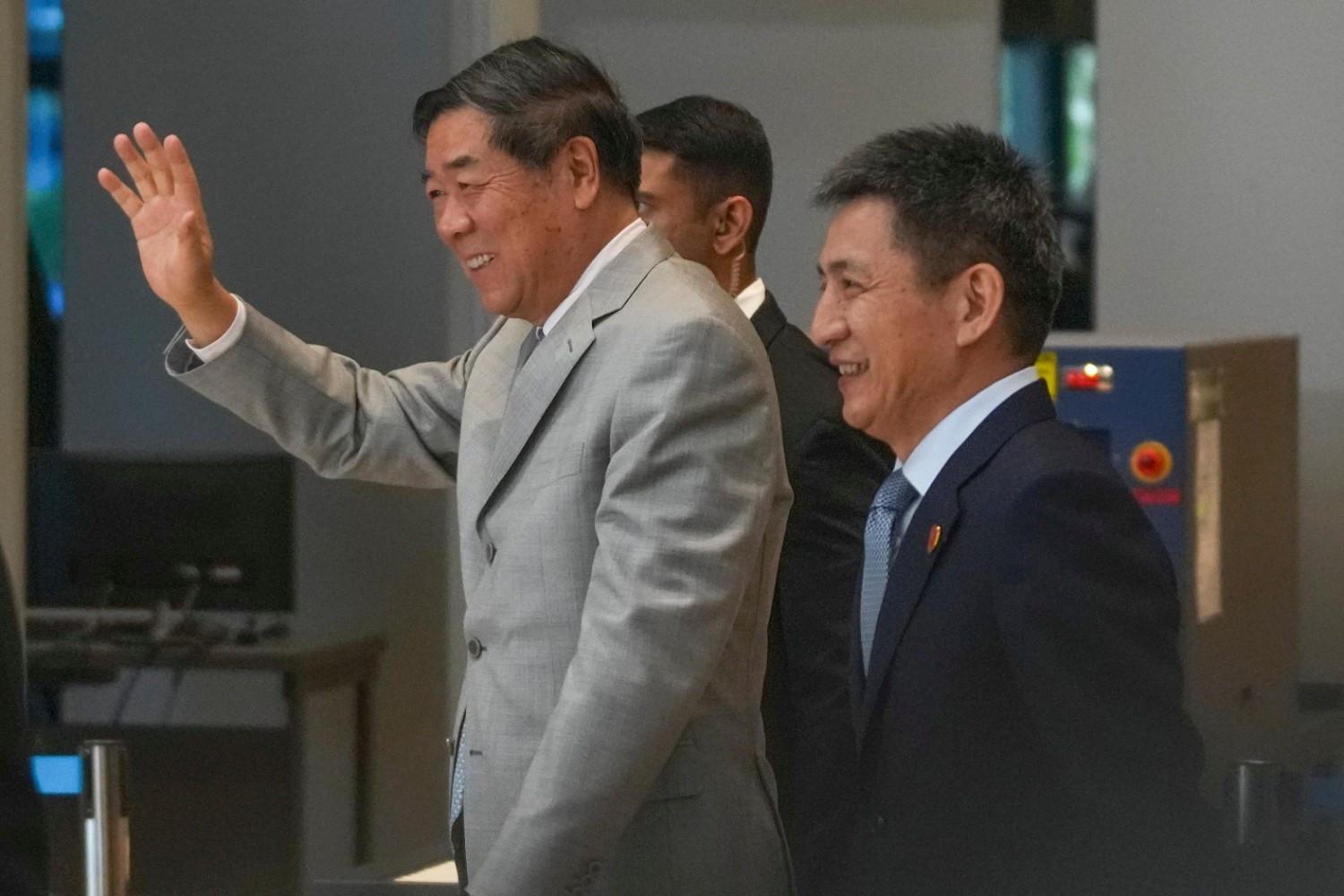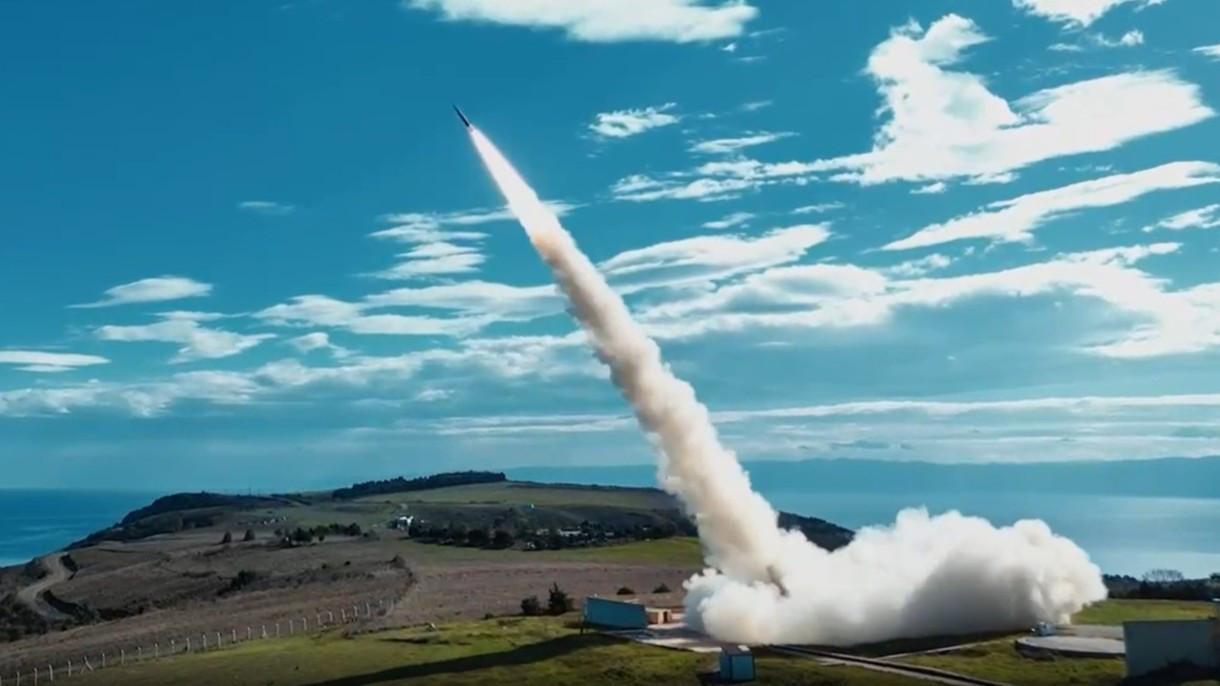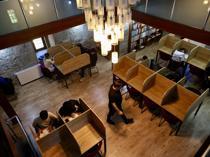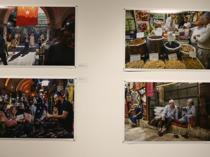New excavation area in Göbeklitepe to open to visitors soon
ŞANLIURFA
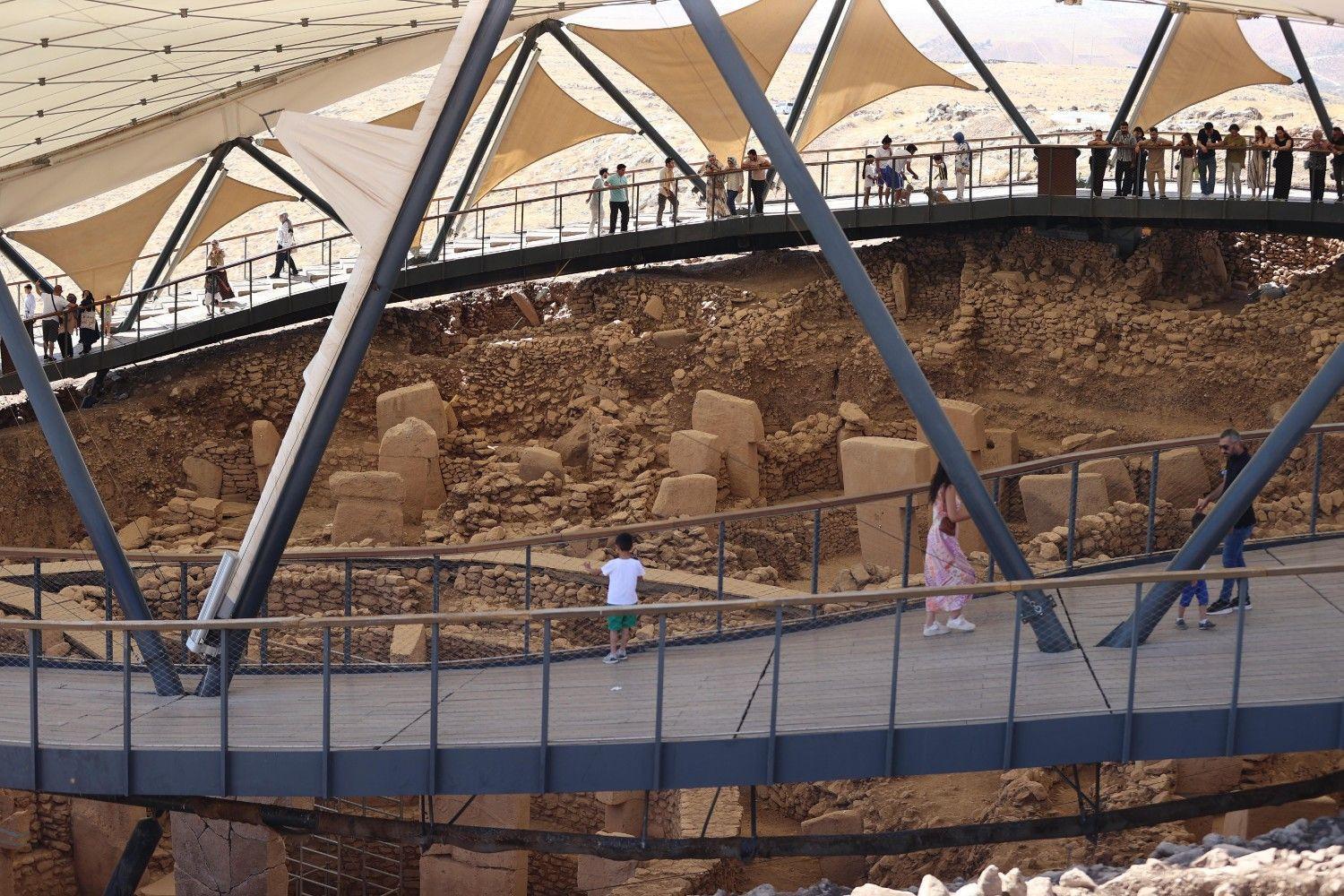
A new excavation area at Göbeklitepe, a UNESCO World Heritage site known as the “zero point of history,” is preparing to welcome visitors.
Located 18 kilometers from the city center, the Neolithic site revolutionized humanity’s understanding of history with its “T”-shaped monolithic pillars, measuring between 3 and 6 meters in height and weighing 40 to 60 tons, decorated with wild animal reliefs.
Göbeklitepe, added to the UNESCO World Heritage List in 2018, has been excavated under the auspices of the Culture and Tourism Ministry since 1995. So far, visitors have only been able to tour the GT1 excavation area, covered by a white protective roof. However, the GT2 area to the northwest, protected by a green roof, is expected to open to visitors in about a month.
Once open, visitors will be able to closely view the Neolithic “T”-shaped pillars decorated with various animal figures.
Professor Necmi Karul, head of the Göbeklitepe excavations, said the number of visitors to Göbeklitepe increases every year, adding that several improvements have been made to make the site more comfortable and comprehensible for visitors.
Karul noted that walking paths have been renewed and new visitor routes established, not only around existing structures but also in areas planned for future excavations.
He said excavation work will continue in the area to be opened to the public.
“We are building a wooden platform in the GT2 area. Once it’s completed, the excavation site will also be open to visitors,” Karul said. “We still have much work to do there, but we don’t find it problematic to continue working in an accessible area. As in GT1, excavations and visits will proceed simultaneously, with visitors able to access the area without causing harm.”
Karul emphasized their commitment to sharing accurate information about discoveries at Göbeklitepe.
“Göbeklitepe is part of humanity’s shared heritage,” he said. “We’re very sensitive about ensuring that the knowledge produced here reaches the public. That doesn’t just mean physical access but also sharing findings through television, documentaries, publications and visitor center displays. We take this responsibility seriously because making our work accessible to society is deeply meaningful for us.”
Karul noted that some false claims about Göbeklitepe circulate publicly, adding, “That’s why we feel responsible for ensuring accurate information sharing. However, opening new excavation areas to visitors before the work is completed could put pressure on them and cause damage.”
Karul concluded by underscoring that protecting the archaeological site remains their top priority.
“Everyone has the right to see the site, but our priority is its preservation, thorough research and eventual public access once the process is complete,” he said. “There’s no doubt that both the ministry and we archaeologists always prioritize those who are genuinely interested in the site when it comes to sharing our findings and managing access.”



